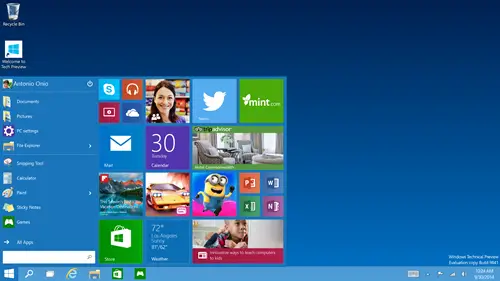Sincere effort from Microsoft in trying to create a single OS capable of working across multiple devices such as phones, tablets and PCs, without hassles, visible in Windows 8 has led to Windows 10. A special focus has been on the Enterprise model since the company acknowledges the fact that enterprise users are Microsoft’s most important customers.

Changes in Windows 10 for Business
Firstly, there’s little learning curve required, as can be seen in Windows 10 Technical Preview. Progress has been made in security and identity protection features to help Enterprise users protect their business data. Microsoft explains that, in earlier versions BitLocker helped protect data when it resided on a device, but once transferred elsewhere, it was exposed to attacks. With Windows 10 this problem gets solved.
Containers and Data Separation
An additional layer of protection using containers and data separation at the application and file level guarantees protection for the transferred data, no matter where it goes (tablet or PC to a USB drive, email or the cloud). Advantage of this, user no more required to modify the behaviour, use special apps, or shift to locked-down environment to keep corporate data secure.
Authentication and data protection
This new option under PC settings gives enterprises the option of using Active Directory accounts (including Azure AD accounts) even for Windows Store app downloads. Other architectural changes,
Extended Mobile Device Management
The capability would help in meeting your management needs by allowing you to manage things from the cloud via services like Windows Intune. Apart from these, productivity shortcuts like the task switcher, the links to commonly-accessed files and folders in Explorer will simplify your experience further.
Also, enterprise users will have the freedom to choose the way they consume updates, whether through Windows Update or in a managed environment. Security and critical updates will continue be delivered on a monthly basis!
All said, the two major business model challenges stare at Microsoft,
- Microsoft’s basic monetization model, lacking innovation
- Software licensing that no more appears feasible.
The level of users response generated will determine the success or failure of new Windows upgrade for business and enterprise. Apart from this, Windows 10 will also include a single app store that’s truly open for business. Raed more about the improvements at the Windows Blog and at TechNet.
Leave a Reply